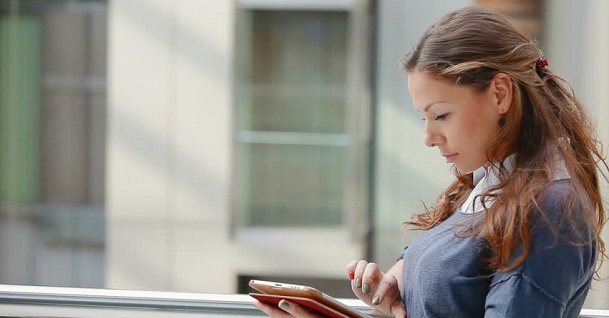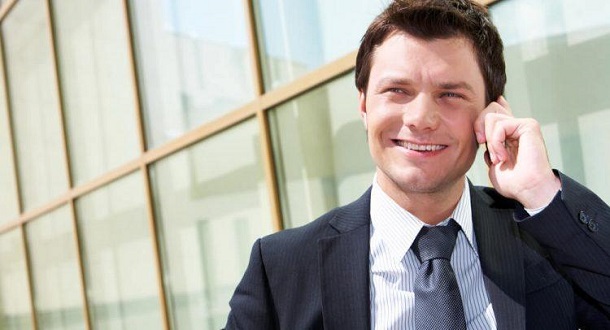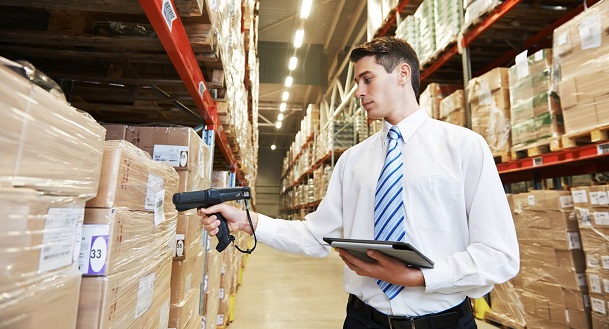
According to LinkedIn, one of the biggest issues faced by companies starting out or looking to grow is financing, closely followed by cash flow. Financing is needed to purchase the supplies and buy-in the resources needed to get a business off the ground, while a strong and steady cash flow ensures it can keep operating.
Depending on your business, buying these supplies can be expensive; in fact, it could stop you from starting up at all if the costs are prohibitive. This is where business asset finance comes in because it allows companies to – in effect – lease or purchase equipment through monthly payments they couldn’t otherwise afford to buy outright.
What is covered by business asset finance?
Business asset finance covers pretty much any and every type of equipment you might need to start or grow a business including vehicles, IT (hardware and software), machinery, and construction and catering equipment.
If you aren’t sure if the equipment you are looking at is covered by business asset finance, put is to the DIMS test: ask yourself if it’s Durable, Identifiable, Moveable and Saleable. Remember, too, that equipment doesn’t need to be new; it can be second hand.
Different types of business asset finance
There are two main types of Business Asset Finance: leasing and hire purchase. Companies that own equipment but need to raise finances quickly could also look at asset refinancing.
Leasing
With leasing, you gain immediate access to the equipment you need, making monthly payments over the life of the contract, at the end of which you will need to return it. In effect, you are hiring the equipment for an agreed period of time and never own it.
There is a number of benefits when it comes to using business asset finance leasing:
- You will generally not need to pay a deposit
- You make regular monthly payments that won’t go up, meaning you can better manage your cash flow
- You can often exchange your equipment before the end of your agreement, meaning you will always have the most up-to-date model; remember, however, this will likely mean extending your agreement and could mean an increase in the monthly cost.
- Some, though not all, lease agreements come with the option to include equipment maintenance, which could save you money in the long-run.
There are also a number of disadvantages:
- Your lease is for a set number of months or years (based on the cost of the equipment you are leasing). This means that if technology changes, it can be harder to upgrade – which could have an impact on business performance and productivity. Whether you can upgrade depends on the terms of your lease agreement, so make sure you understand these before signing.
- You don’t own anything at the end of the lease, meaning you might be back at square one and needing to take out another business asset finance agreement despite what could have (potentially) being a significant financial outlay over a number of years.
Some lease agreements will offer you the chance to purchase the equipment at the end of the lease period. This will generally be in line with the equipment’s resale value but much lower than if you had purchased it new, meaning you may well have the cash needed to make the purchase and – finally – own the equipment you need to operate.
Hire Purchase
Like lease agreements, with hire purchase deals you make a regular monthly payment for an agreed period. Unlike leases, you end up owning the equipment at the end of your hire purchase agreement.
The benefits of a hire purchase agreement include:
- Unlike loans, which you can also use to purchase equipment, hire purchase agreements are not normally secured against your assets, meaning they aren’t at risk if you don’t make payments (you simply have to return the equipment and pay any fees/charges associated with this).
- Owning the equipment at the end of the agreement, meaning you can sell it on and use this money to reinvest in new equipment (if there was a new model on the market, for example); remember, however, that the equipment will be sold second hand so won’t be worth as much as you paid for it.
- Finance charges on hire purchase equipment are generally tax deductible.
- Not being able to sell the equipment until the agreement has come to an end; which means you may be stuck with an older model that is less effective than new versions (impacting productivity and your bottom line).
- Most require a deposit of up to 25% of the cost of the equipment, making it a more expensive proposition at the outset; if you are a start-up, it might be a struggle to come up with the deposit.
- Because this is, in effect, a loan, you will be charged interest (which you aren’t on a lease), meaning the equipment will cost you more than it was actually worth.
Because you end up owning the equipment at the end of your hire purchase agreement, your monthly payments may be higher than with a lease. This can be off-putting but needs to be weighed up against the benefit of not having to take out another business asset finance agreement in the future, which could have a positive impact on your bottom line.



